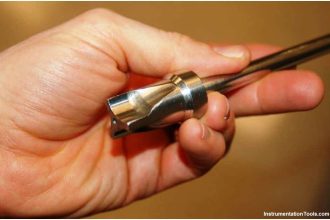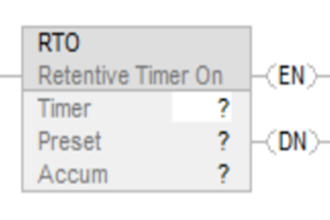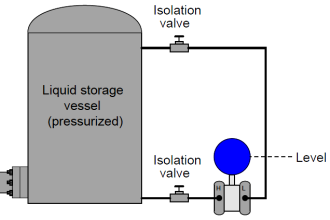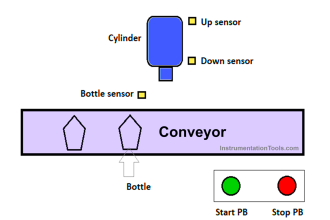1. Explain what is a cathode ray oscilloscope (CRO)?
A CRO is an electronic device with a CRT as its main component and other associated circuits consisting of a power supply unit, a sawtooth-wave generator, horizon and vertical amplifiers .
2. How is CRO superior to ordinary measuring instruments?
CRO is an electronic device that gives graphical representation of alternating quantities under examination. The CRO gives very accurate measurements and is free from the errorsintroduced by the moving parts. It is also from damping mechanisms and other inertia containing parts.
3. For Explain what vertical and horizontal plates are provide in a CRO?
Horizontal and vertical plates are provided between electron gun and screen to deflect the beam according to the input signal.
4. For what a triggering circuit is provided in a CRO?
In a CRO, a triggering circuit is provided for synchronising two types of deflections so that horizontal deflection starts at the same point of the input vertical signal each time it sweeps.
5. Explain what are the essential components of a CRT?
The essential components of a CRT are electron gun, focussing and accelerating anodes, horizontal and vertical deflection plates, and evacuated glass envelope with phosphorescent screen.
6. For Explain what electron gun assembly is provided in CRT?
The sole function of an electron gun assembly in a CRO is to provide a narrow and sharply focused electron beam with is accelerated towards the phosphor screen.
7. Explain why is the grid in a CRO provided with a hole in it?
The hole in a grid of a CRO is provided to allow passage for electrons through it and concentrate the beam of electrons along the axis of the tube.
8. Explain what is meant by the deflection sensitivity of a CRO?
The deflection sensitivity of a CRO is defined as the vertical deflection of the beam on the screen per unit deflecting voltage.
9. Explain what is meant by the deflection factor of a CRO?
The deflection factor of a CRO is the reciprocal of the deflection sensitivity.
10. Explain what is Astigmatism control?
Astigmatism control is an adjustment that will provide sharp focus over the entire screen.
11. Explain what is graticule?
Graticule is a scale on transparent material that is fitted to the face of CRT for the purpose of measurement.
12. Explain what is auadag?
Coating of a conducting material, known as aquadag, is provided over the interior surface of CRT in order to accelerate the electron beam after passing between the deflation plates and to collect electrons produced by the secondary emission when electron beam strikes the screen.
13. Explain what is meant by retrace time?
Retrace time is the time required by the electron beam to return to its original position on a CRT screen after being deflected to the right by a sawtooth waveform.
14. Explain what is sweep time?
Sweep time is time duration during which the beam is swept from left to right on the screen of a CRT by the linearly increasing sawtooth voltage.
15. Explain what is a Lissajous pattern?
Lissajous pattern is a pattern that results from applying periodic signals to the deflection plates of a CRO.
16. Explain How is focussing achieved?
Focussing is achieved by various sets of plated forming a sort of electronic lens. In general, there are three sets of plates. Voltages at anode 1 and 2 are kept fixed while it is variable on the third anode. By varying the voltage on the third anode, the spot may be focussed.










